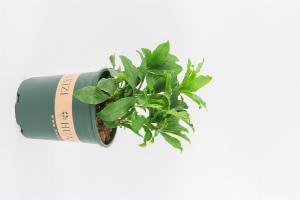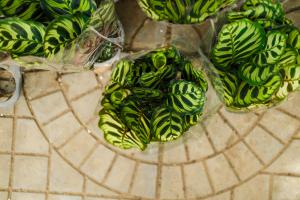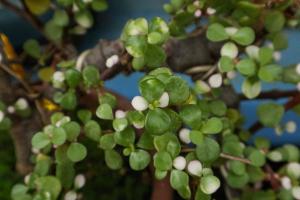Is Chlorine in Tap Water Bad for Plants?
Tap water is the most common source of water for most households, including those who maintain gardens and plants. However, due to the various chemicals and additives included in tap water treatment processes, it’s important to consider the impact it can have on plant growth and health. One such chemical commonly found in tap water is chlorine.
How Does Chlorine Affect Plants?
While chlorine is often added to tap water to kill harmful bacteria and pathogens, it can also harm plants. Chlorine can penetrate the roots of plants and cause cell damage, leading to difficulties in nutrient absorption and stunted growth. Moreover, the chemicals found in tap water can also alter the pH level of soil, leading to an imbalance in nutrients and a reduction in plant growth and vitality.
How to Test for Chlorine in Tap Water
If you suspect that your tap water contains chlorine, you can easily test it using a chlorine test kit. These kits are readily available online or at gardening stores and usually come with instructions on how to use them. To test tap water, simply fill a container with tap water, add a few drops of the testing solution, and observe the color change of the water. If the water turns yellow, it means that chlorine is present in the water and may be harmful to your plants.
How to Remove Chlorine from Tap Water
If you find that your tap water contains high levels of chlorine, there are several ways to remove it. One of the most effective methods is to let the water sit for at least 24 hours before using it on your plants. This will allow the chlorine to evaporate from the water, reducing the risk of damage to your plants. Another solution is to use a water filter that’s specifically designed to remove chlorine from tap water, such as activated carbon filters or reverse osmosis systems. These filters are readily available and can be installed on your tap or set up as a separate filtration system.
Conclusion
While tap water is a convenient and inexpensive source of water, it’s important to consider the impact it can have on plant growth and health. Chlorine, one of the most common chemicals found in tap water, can lead to damage and stunted growth in plants. However, by testing for chlorine in tap water and taking measures to remove it, you can ensure that your plants receive the best possible care and nutrients for optimal growth and health.

 how many times do yo...
how many times do yo... how many planted tre...
how many planted tre... how many pine trees ...
how many pine trees ... how many pecan trees...
how many pecan trees... how many plants comp...
how many plants comp... how many plants can ...
how many plants can ... how many plants and ...
how many plants and ... how many pepper plan...
how many pepper plan...































